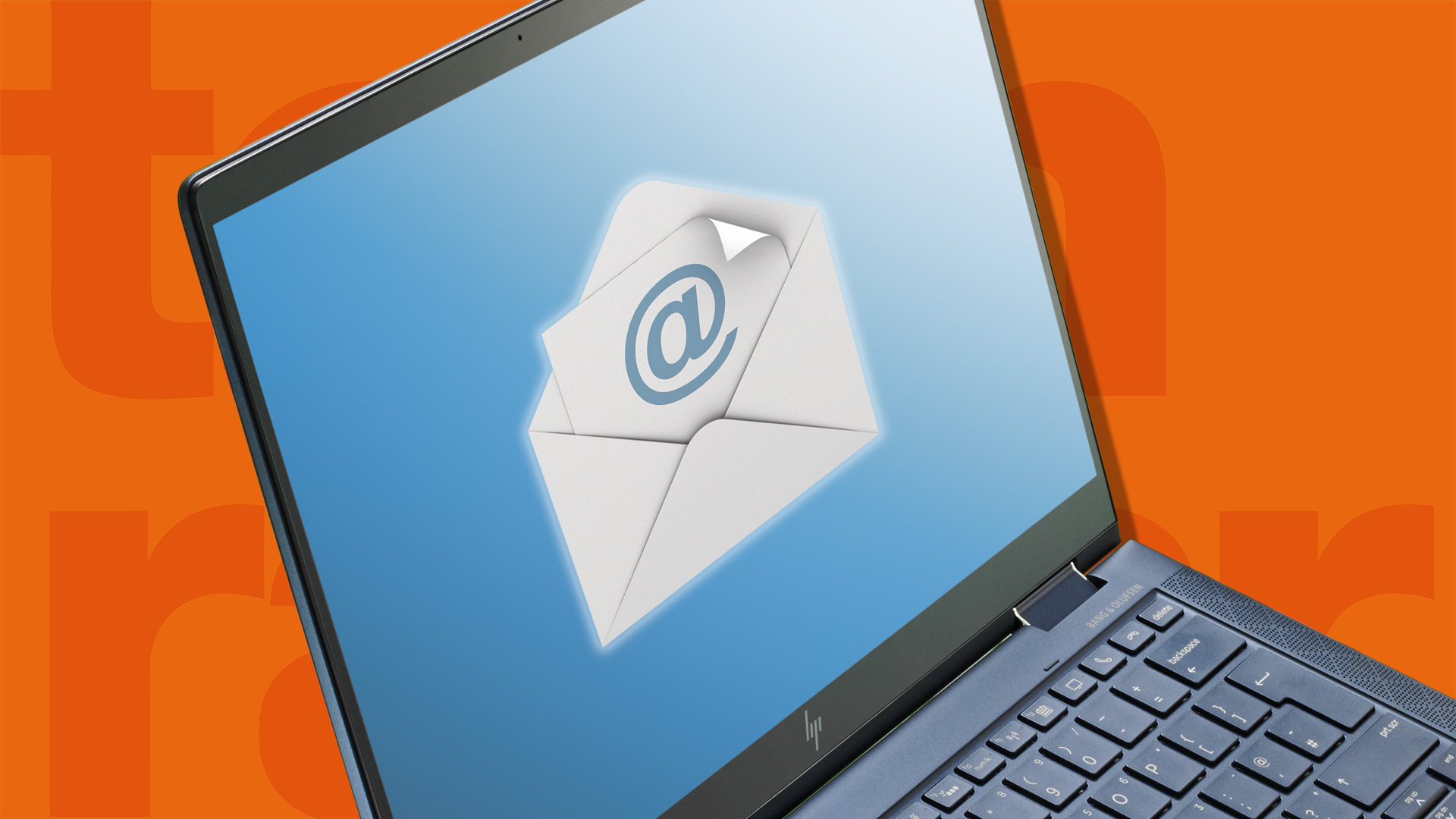How to create and send effective HTML newsletters
How to choose the best HTML newsletter and email software

The strong foothold that email marketing has may have been overshadowed by the rise of social media, but the humble email is still a highly effective means of communication with your business' customers, with many studies indicating that it may still be the most effective way to reach consumers.
Despite this, a large portion of email marketing remains unopened, deleted, or marked as spam, so building a clear and effective newsletter that entices readers to engage is key.
To do this, your emails should be well designed and highly targeted. The use of HTML can have a huge impact on the effectiveness of a marketing message, and turn a humble email into an engaging newsletter that looks like it belongs on an interactive website or social media page.
Using HTML formatted emails for your business' marketing has a number of advantages, such as:
Techradar's Choice for Best Email Marketing Services
See how Constant Contact's award-winning live support, list-growth tools, and customizable templates can help you reach your marketing goals. Buy today and save 40% off 3 months.
- HTML-formatted emails appear more professional, helping subscribers to get to know your brand. Text-only messages, by contrast, are far less appealing
- Calls to action can be much more engaging and persuasive with HTML-based email marketing campaigns
- HTML-based emails and newsletters can be designed to be highly responsive to ensure they look as expected no matter the device they are being viewed on, whether that’s a large computer display, a smartphone, or even a smartwatch
There are a large number of variables that have to be managed when developing an HTML email campaign or newsletter, but these are not complex if you plan carefully and scrupulously test your messages before they are sent.
Responsive design
A major issue when using HTML is that the email client that your customers may be using can interpret the email messages differently. Outlook, iCloud, and Gmail can all display your HTML emails or newsletters with slight variations. This highlights the need for testing not only across multiple devices but using different mail clients, too.
There are online tools available that aim to test your content under various conditions, however it has become increasingly common for email service providers and email marketing tools to offer in-house testing which simplifies the process.
Are you a pro? Subscribe to our newsletter
Sign up to the TechRadar Pro newsletter to get all the top news, opinion, features and guidance your business needs to succeed!
There are several rules that you should follow when designing a newsletter in order to get the most success, but arguably the most important is to ensure cross-device compatibility. Sticking to an overall width of no more than 600px has long been recognized as a way of doing this, but even so, keep your content in the central portion of these boundaries to ensure maximum visibility.
Something that’s easy to overlook - but even easier to implement when designing an HTML email - is touchscreen compatibility. Most people are now digesting information on smartphones and tablets, which means content should mirror that by using the ‘Web 2.0’ theory (read and write), as opposed to ‘Web 1.0’ which only allows one-way traffic.
To ensure a level of consistency with your HTML emails and newsletters it's a good idea to use a template. Most email marketing services offer pre-built and custom template designs, including popular tools like MailChimp, Campaign Monitor, and Sendinblue.
A template will ensure consistency not only within each newsletter but among all marketing communication and further afield to your website and social media channels.
Appealing design
Now that your design is responsive among all types of displays, you can shift your attention to its design. While ‘less is more’ is true, you should still aim to include a variety of features:
- Try to avoid background images as they slow down the rendering of the message
- Never rely on images or graphics for navigation, as your customer could have images switched off. These should be there only to improve the experience
- Never use just graphics for your message's main call to action, as your customers may not see these
- Images should not be embedded in the message, but hosted on your webspace, as this makes the message much smaller, and prevents spam filters and anti-virus software from trapping your messages that are not then delivered to your customers' inbox
- Always include ‘alternative text’ on every image, and indeed any non-text element, to ensure your messages are accessible
- Link your message to an online version just in case your customers can't see your email, or part of it isn't delivered for some reason, which could include broken images
When you are confident that your email looks the way you want it, check this with a spam-checking service that will show you whether there are any elements that could be mistaken as spam, which would stop your email or newsletter from being delivered.
Once you have successfully designed your newsletter, take the time to read it or ask a fresh pair of eyes for help. After dedicating so much time to your content, you will likely find that you stop reading in full detail, instead merely scanning through your document.
While it’s disappointing that much of your content is going to waste, this is the harsh reality of any form of marketing. Users generally spend no more than a few seconds on each piece, so making it scannable with a clear purpose and visible calls to action will make it more digestible.
Make it unique
Any businessperson will be familiar with creating unique products and services that have a USP. A newsletter should be considered a service that is complementary to your business, and as such should have its own unique selling point.
Engage with your audience by adding value to your content: give them something that they would otherwise be unable to obtain. Many websites will benefit from insider stories and top tips, while product- and service-based e-commerce sites will find huge benefits from offering coupons and discount codes to drive sales.
Developing an HTML newsletter or email campaign means making sure that every element not only supports your business' message but also is also technically compatible with the widest possible group of Internet browsers and email clients. Follow this advice and you will end up with a successful HTML newsletter campaign.
TechRadar created this content as part of a paid partnership with Constant Contact. The contents of this article are entirely independent and solely reflect the editorial opinion of TechRadar.
Connect your email campaign to the best landing page builders.
With several years’ experience freelancing in tech and automotive circles, Craig’s specific interests lie in technology that is designed to better our lives, including AI and ML, productivity aids, and smart fitness. He is also passionate about cars and the decarbonisation of personal transportation. As an avid bargain-hunter, you can be sure that any deal Craig finds is top value!

